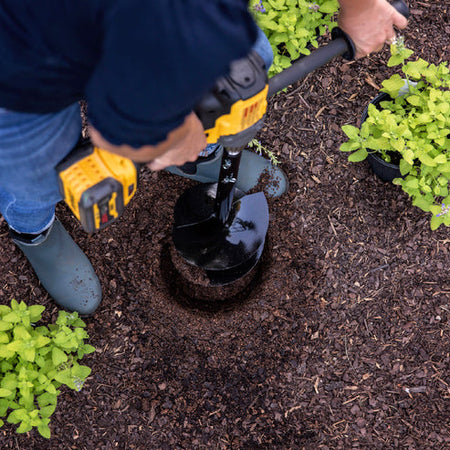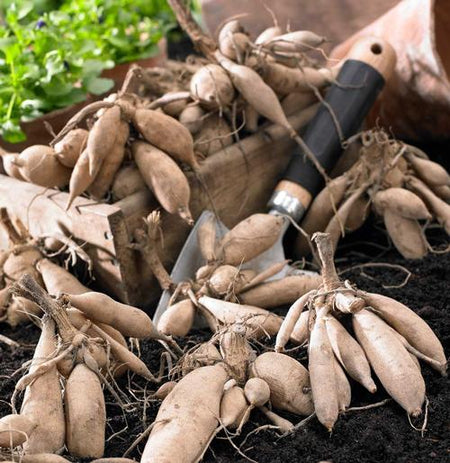The first and most obvious reason is that gardens need to be protected from the cold weather. Covering semi-tender plants such as strawberries with a light layer of mulch can help shield against frost. The same holds true for young trees and shrubs, which may not yet have developed a robust root system. Wrapping young trees in burlap adds extra shelter against the cold and could also prevent them from becoming "deer candy" during winter.
Another reason to prepare the garden for winter is to avoid the spread of disease. If certain plants are unhealthy, removing them can help prevent further contamination. Any plant matter that is infected should be thrown away, not composted where the disease might spread. To stop contagion while pruning, dip pruners in a cleaning solution when moving from one plant to another.
By cleaning up fallen leaves and other debris, you could help prevent mice activity and a smothered lawn. Leaves can be composted in a pile, turned into leaf mold for added nutrition, or bagged and left by the curb for municipal pickup. Just don't wait so long that the leaves become buried under a layer of snow!
Finally, preparing the garden for winter can give it a jump start in spring. Bacteria can spread in the soil if certain plants — such as tomatoes — are left in place. Cleaning your garden beds helps deter microorganisms from spreading, which boosts the health of your soil.
How to Clean Up Garden Beds for Winter
Follow these tips to winterize your garden:
1. Remove dead plants
Take out dead plants and flowers, harvest any vegetables, and compost or throw away annuals that will not return.
2. Add compost to garden beds
Adding compost in the winter can help the soil absorb nutrients slowly, so the earth is enriched for the next season. To prevent erosion during rains and snow melt, cover the compost with a layer of straw.
3. Dig tender bulbs
In order to survive the colder months, tender bulbs such as dahlia and canna need to be dug up, dried for several days, wrapped in newspaper or peat moss, and stored indoors. Garden tools such as augers can make light work of preparing flower beds for winter.
4. Prune roses and berry shrubs
Prune your shrubs in fall to prevent the spread of disease and encourage new growth in the spring. Always remove dead or infected canes. Carefully thin out the berry stalks — leaving about six per square foot — to maintain the health of the plant.
5. Wrap tender trees
You should not prune trees heading into winter, and they don't need much water either. However, trees can benefit from being wrapped with burlap for added protection.
6. Disconnect the hose
If you don't disconnect the garden hose, repeated cycles of freezing and thawing could lead to burst pipes, leaks or other problems inside the house. Remove the hose, allow it to drain and store it for the winter.
7. Rake the lawn
Fall leaves should be raked and gathered, rather than left to decompose.
8. Clean and store garden tools, pots and other items
Lastly, take care of any garden tools, pots and planters. Clean items and store them inside the garage or shed for the season. Never store garden equipment when it is wet, as this can lead to rust.
Armed with this checklist for preparing raised garden beds for winter, you can take action. For best results, complete these tasks before the ground freezes. If you want more information on winterization, contact the experts at Power Planter.







